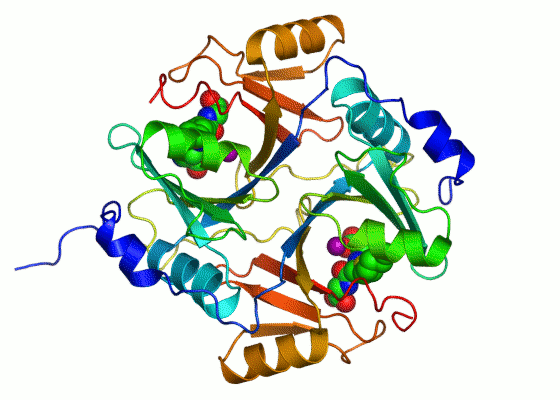Why does the Moon always faces its one side to earth?

The moon is an outer celestial object which revolves around the earth. It revolves around the earth, on an average of once in every 27 days due to the Earth’s heavier gravitational pull. The moon generally has two sides in it, namely the near side and the Far side. The side which we see now on the moon is called the near side and the side we don’t ever see is called the far side of the moon. Credit (Near Side): By Gregory H. Revera - Own work, CC BY-SA 3.0, https://commons.wikimedia.org/w/index.php?curid=11901243 Credit (Far Side): By Jay Tanner - Unknown source, CC BY-SA 3.0, https://commons.wikimedia.org/w/index.php?curid=34227359 Even though the moon revolves as much as many times, it always faces its near side to the Earth. So we always happen to see the one side of the moon. This is because the rotation of the moon matches with the revolution of the moon. Here rotation means, an object is rotating itsel...




